They might be fluffy, wide-eyed, or tiny enough to fit in your palm, but don’t be fooled.
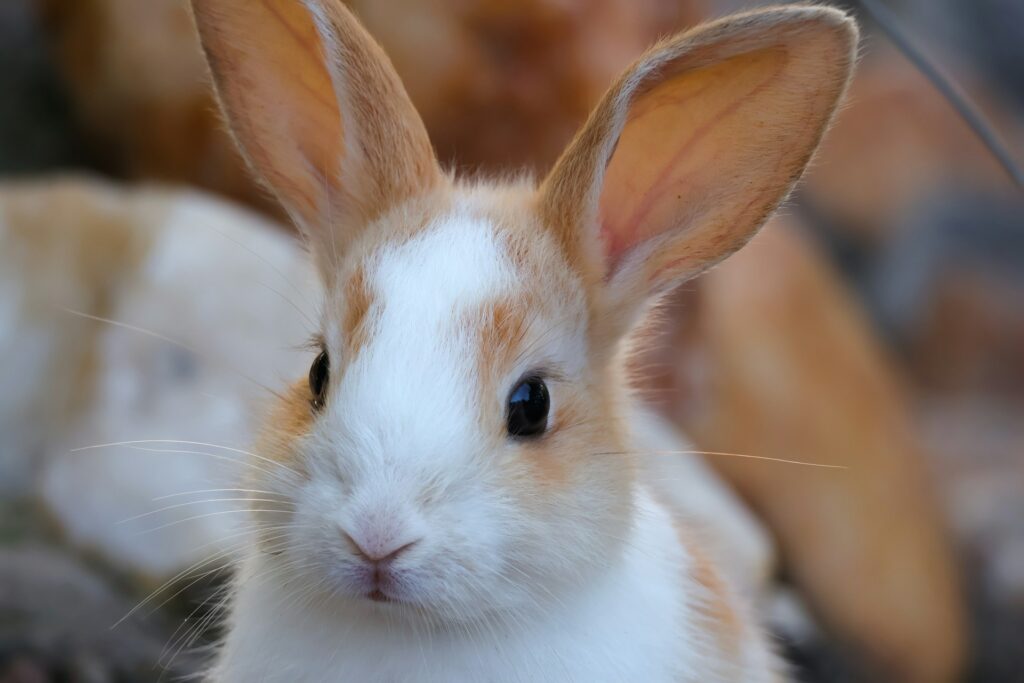
There are certain animals that are far from as cuddly and sweet as they look from the outside. While they might not pose any serious threat to humans (most of the time, anyway), they’re still creatures you’ll want to keep your distance from for your own safety. These surprisingly violent animal behaviours prove that being adorable doesn’t always mean being harmless.
Dolphins bully, attack, and sometimes kill for fun.

Dolphins are often seen as the smiling geniuses of the sea—playful, intelligent, even empathetic. But in the wild, their behaviour can be shockingly cruel. Male dolphins have been known to form aggressive gangs, harass lone females, and violently attack other dolphins in their pod to assert dominance. Even more disturbing, they sometimes kill baby porpoises or smaller marine animals, seemingly without reason. There’s no food motive, just excessive aggression.
Researchers believe this might be a form of practice for infanticide within their own species, or simply an outlet for pent-up dominance behaviours. Either way, it’s far from the friendly image we’re sold. Despite their grinning faces and acrobatic displays, dolphins operate with a complexity that includes not just intelligence and communication, but calculated violence and manipulation too.
Swans can break bones with their wings.

Floating along a pond, swans look serene, elegant, or even angelic. However, they’re fiercely territorial, especially during nesting season. If you or another animal venture too close to their eggs or mate, they can attack with sudden, startling force. Their wings are powerful enough to cause serious bruising and, in some reported cases, even break small bones in humans and other animals.
They don’t attack for fun, but they don’t back down either. A swan will defend its space with full commitment, using its beak to jab and wings to batter. While most people never see this side up close, those who’ve worked in wildlife rescue or boating communities often know the truth: under all that grace, a swan is absolutely capable of throwing hands—feathery, flapping ones.
Koalas scream and fight like drunk uncles at a wedding.
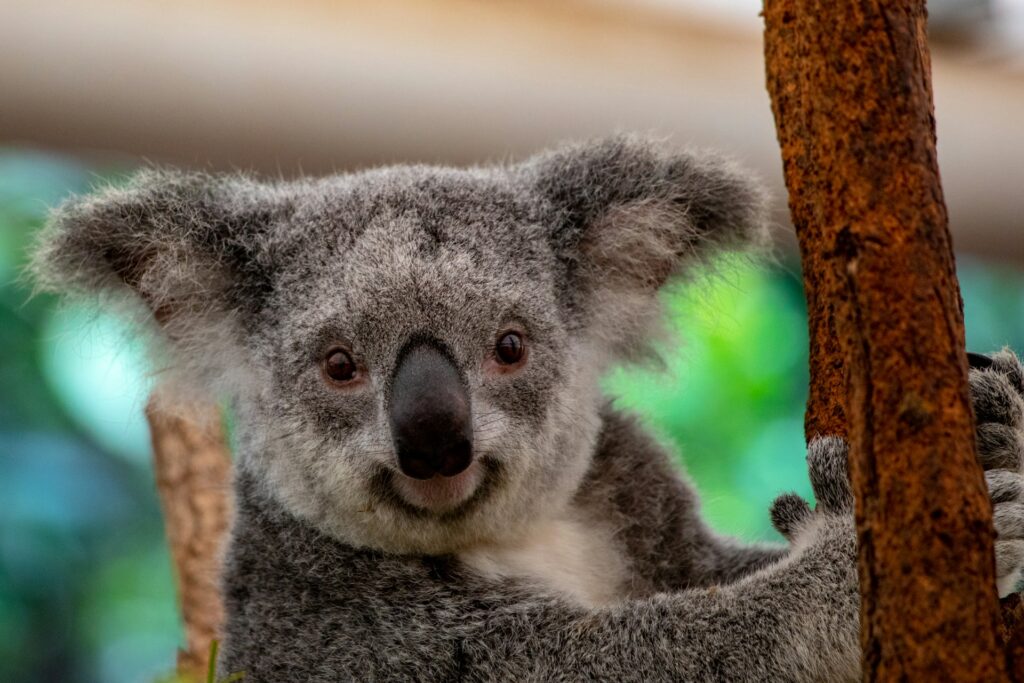
Koalas have a reputation as sleepy, slow, tree-hugging marsupials, but that image doesn’t hold up during mating season. When it’s time to compete for mates or defend their territory, male koalas become aggressive, loud, and startlingly intense. They bite, scratch, and fight with other males—sometimes injuring each other badly in the process.
And then there’s the sound. Koala screams are deep, guttural, and bizarrely un-koala-like—more demonic roar than gentle animal call. This vocal display, paired with their violent bursts of aggression, shows that the cuddly exterior hides an animal that’s just as reactive and territorial as some of the most famously tough wildlife.
Meerkats commit violent coups and infanticide.
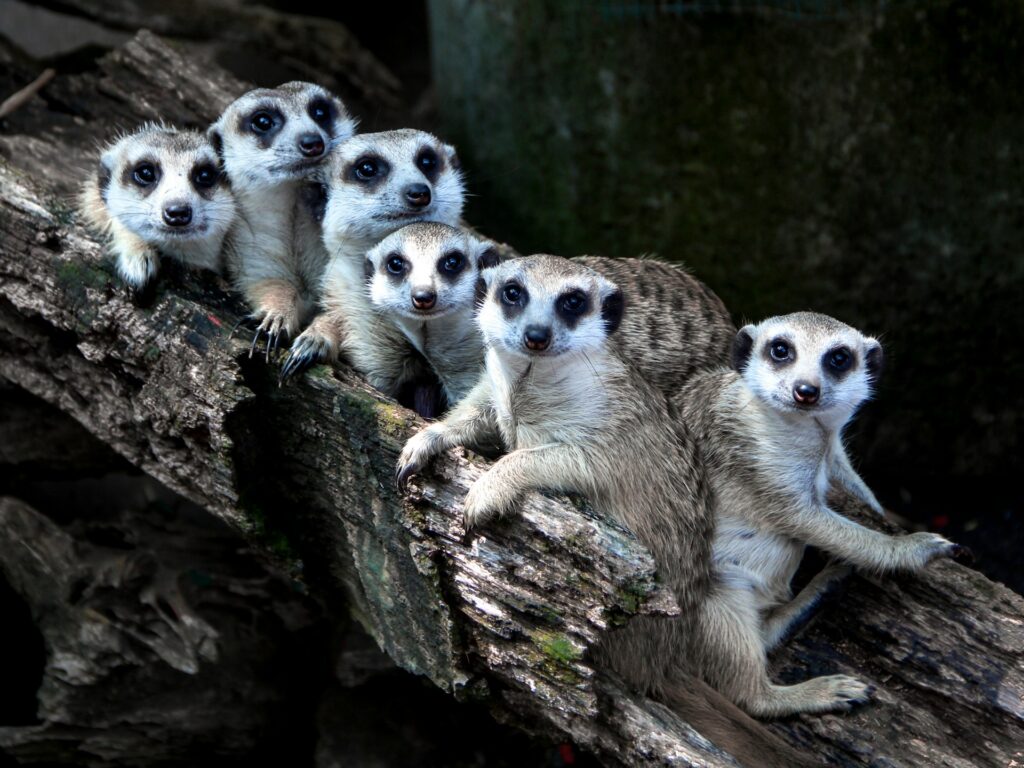
Meerkats are often framed as quirky, curious little sentinels of the desert, and their upright stance only adds to their charm. But within meerkat colonies, the social dynamics are ruthless. Dominant females frequently kill the offspring of lower-ranking females to eliminate competition, and entire groups can exile or attack one of their own if they break the social code.
Infighting, mob justice, and violent overthrows aren’t uncommon. Researchers have documented full-blown leadership coups where coalitions gang up to dethrone a matriarch. For a species often portrayed as adorable and communal, meerkats operate with a brutal, hierarchy-driven intensity that wouldn’t be out of place in a political drama.
Otters have a disturbingly dark mating history.

Otters are usually shown as sweet, hand-holding animals that float on their backs and cuddle their babies. But sea otters, in particular, have some of the most disturbing documented mating behaviour in the animal kingdom. Males often bite the faces of females to hold them in place during mating, sometimes to the point of injury or drowning.
There are even recorded cases of male otters showing aggression toward females of other species, including harbour seals. Scientists have tried to understand this violent mating instinct, which seems partly driven by territorial dominance and partly by the scarcity of receptive females in certain populations. It’s a jarring contrast to the floating, playful image they have in popular culture.
Slow lorises are literally venomous.
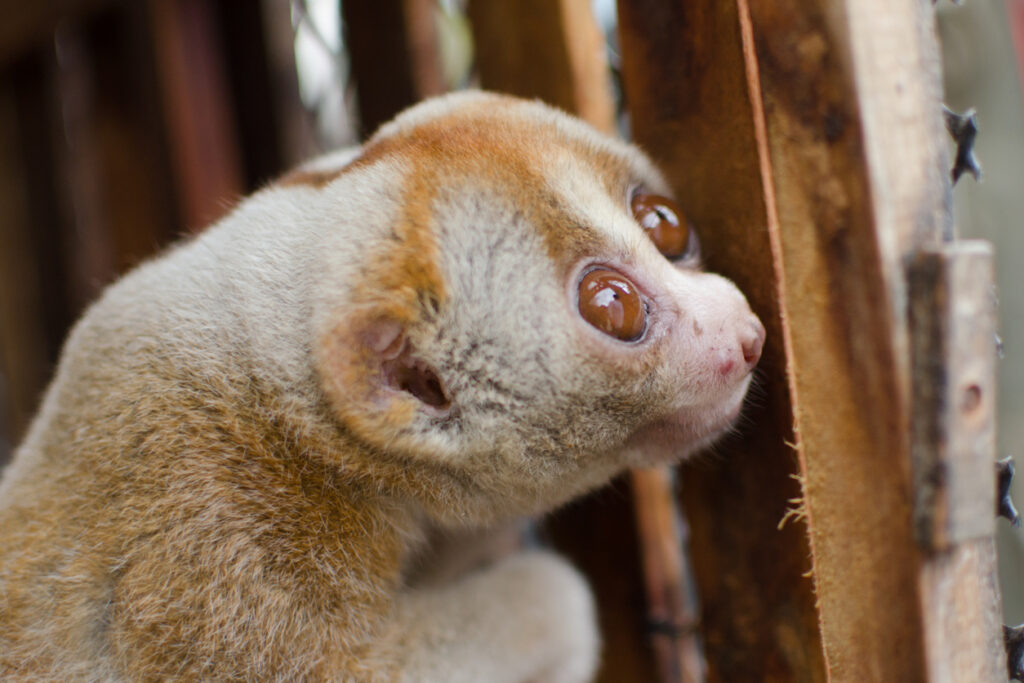
With their huge, liquid eyes and tiny fingers, slow lorises look like living plush toys. However, they’re one of the only venomous mammals on Earth. They produce a toxic secretion from glands in their elbows, which they lick before biting their enemy. That bite can cause serious allergic reactions, and in rare cases, even anaphylactic shock in humans.
This venom is used to defend territory and, sometimes, to paralyse prey. In the wild, they’ve been seen fighting each other with slow-motion swipes that look adorable until you realise both animals are trying to poison one another. The contrast between their soft, sleepy vibe and their biological weaponry is one of nature’s most surreal juxtapositions.
Rabbits can be aggressive and territorial.
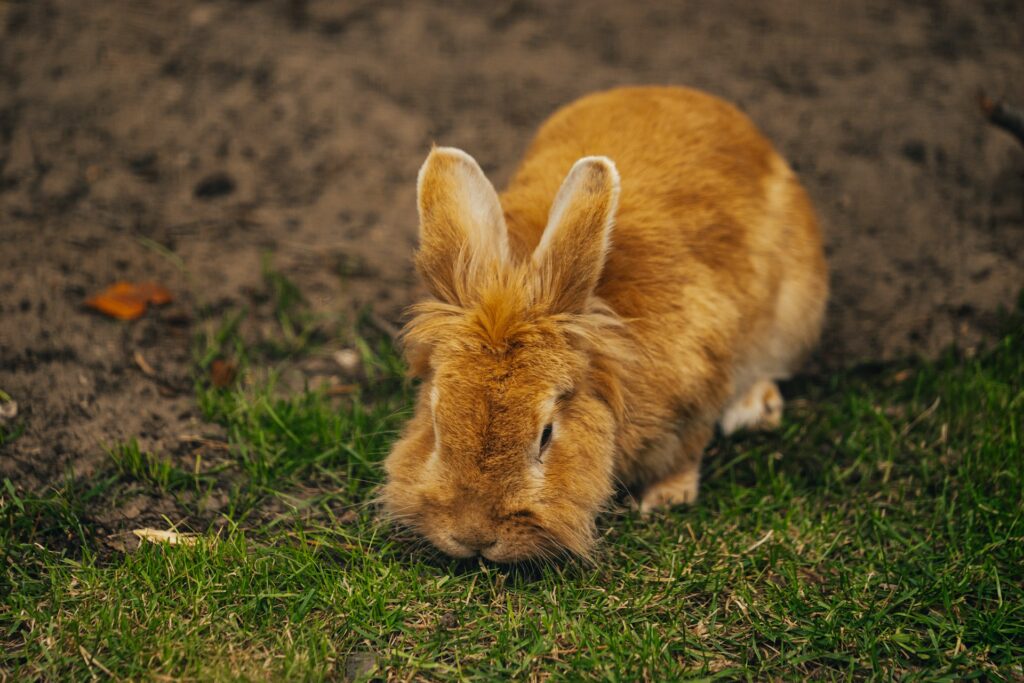
Often sold as beginner pets, rabbits are misunderstood in more ways than one. Beneath the twitchy nose and fluffy coat is an animal with strong territorial instincts and a surprisingly short fuse. Rabbits can kick, lunge, bite, and box with their front paws when threatened or irritated, especially if they haven’t been properly socialised or neutered.
In group settings, rabbits will establish dominance through aggressive grooming, chasing, or outright fighting. Even two bonded rabbits can turn on each other during hormonal spikes. While their violence isn’t on the same scale as apex predators, it’s jarring when it comes from something you’d normally associate with soft toys and garden stories.
Chipmunks will eat their own kind.
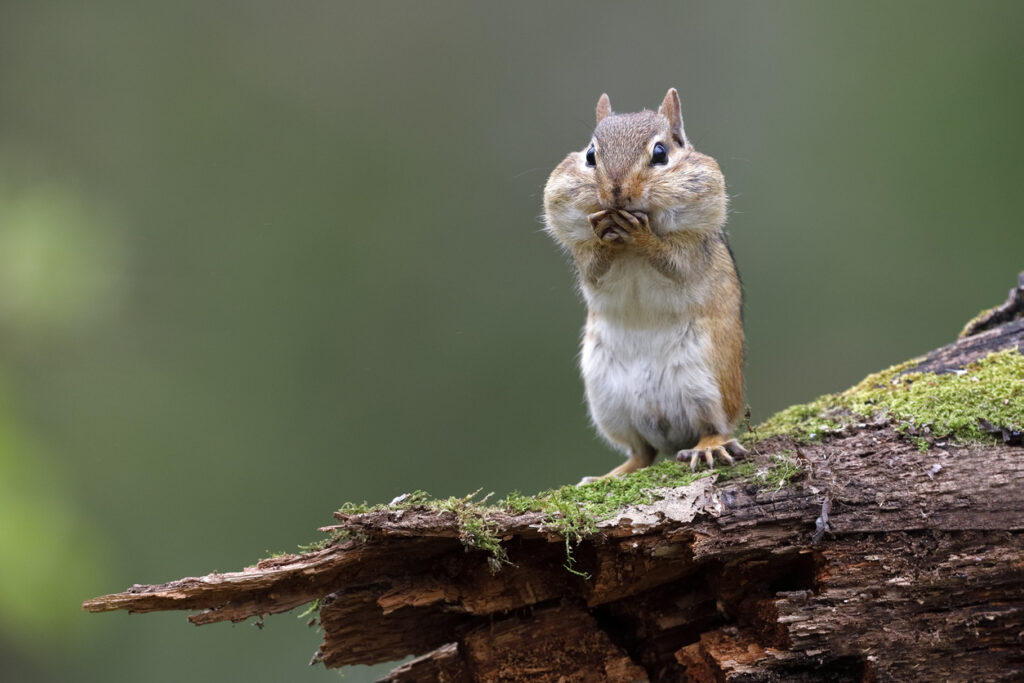
Tiny, twitchy, and undeniably cute, chipmunks seem like harmless woodland residents. However, in stressful environments, especially when food is scarce, they’ve been documented eating the pups of rivals, or even their own young if something seems amiss.
It’s a harsh evolutionary tactic, meant to conserve resources and eliminate weak or unviable offspring. In the wild, survival often trumps sentiment. And while this behaviour isn’t common in every population, it’s enough of a pattern to challenge the way we romanticise chipmunks as friendly little foragers.
Red pandas are secretly little rage machines.
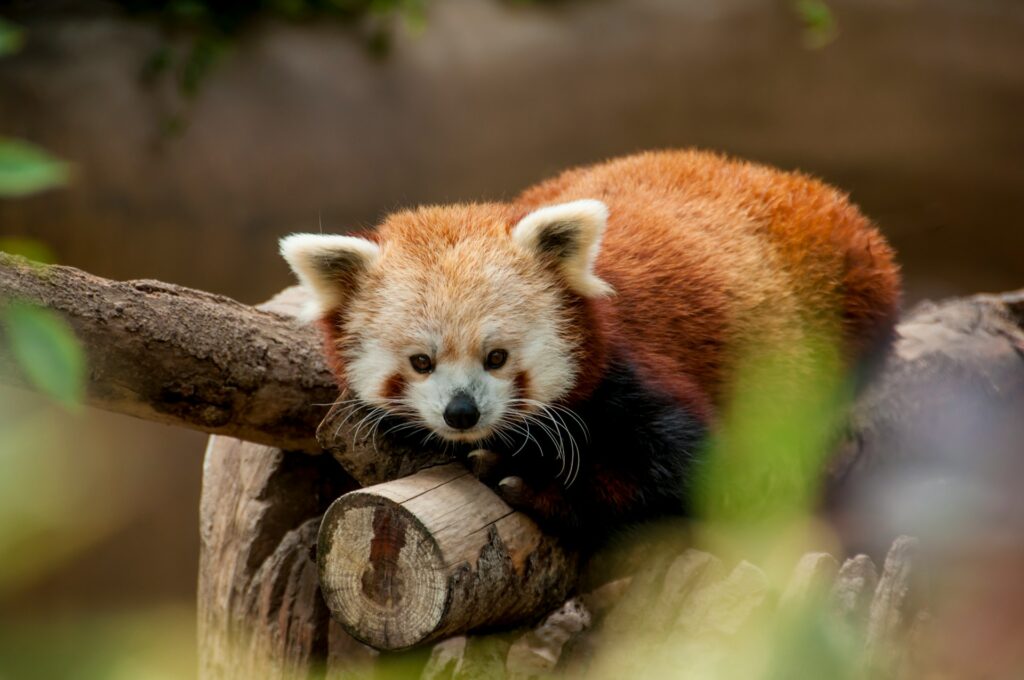
Red pandas look like a mix between a fox, a bear cub, and a plush toy, and their sleepy tree-dwelling habits only add to their charm. However, when they feel threatened, they switch from cute to combative quickly. They’ll rise up on their hind legs to look larger, growl, hiss, and strike with sharp claws.
In captivity, even trained handlers know to keep their distance during certain moods or breeding cycles. Red pandas have a surprisingly intense fight-or-flight response, and if cornered, they’ll choose fight every time. So while they might seem like low-drama creatures, they’re more than capable of standing their ground.
Hedgehogs aren’t shy about eating meat—or their young.
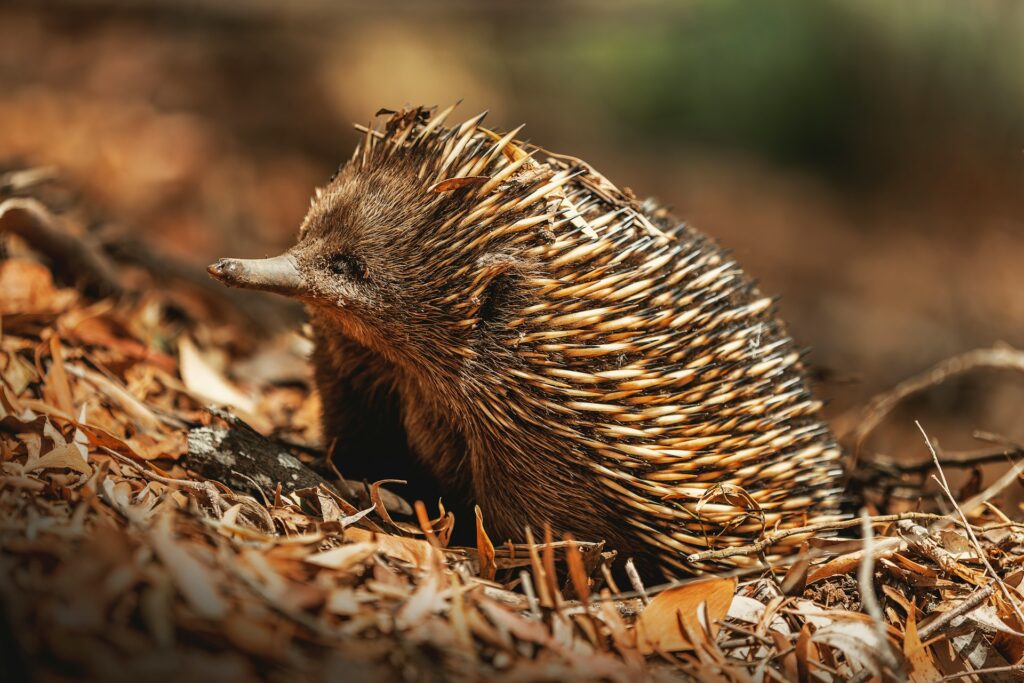
They’re often painted as shy, bug-eating introverts of the animal kingdom, but hedgehogs are much more hardcore than most people realise. In addition to insects, they’ll eat frogs, bird eggs, and even small vertebrates when the opportunity arises. That includes the occasional dip into cannibalism, particularly if a mother feels stressed or senses something wrong with her litter.
Wildlife carers know that hedgehogs should be handled carefully during birthing and nesting seasons, as too much disturbance can cause this dark response. It’s a far cry from the gentle, innocent image so many people have of them—and proof that even the softest creatures can be incredibly primal when it comes to survival.